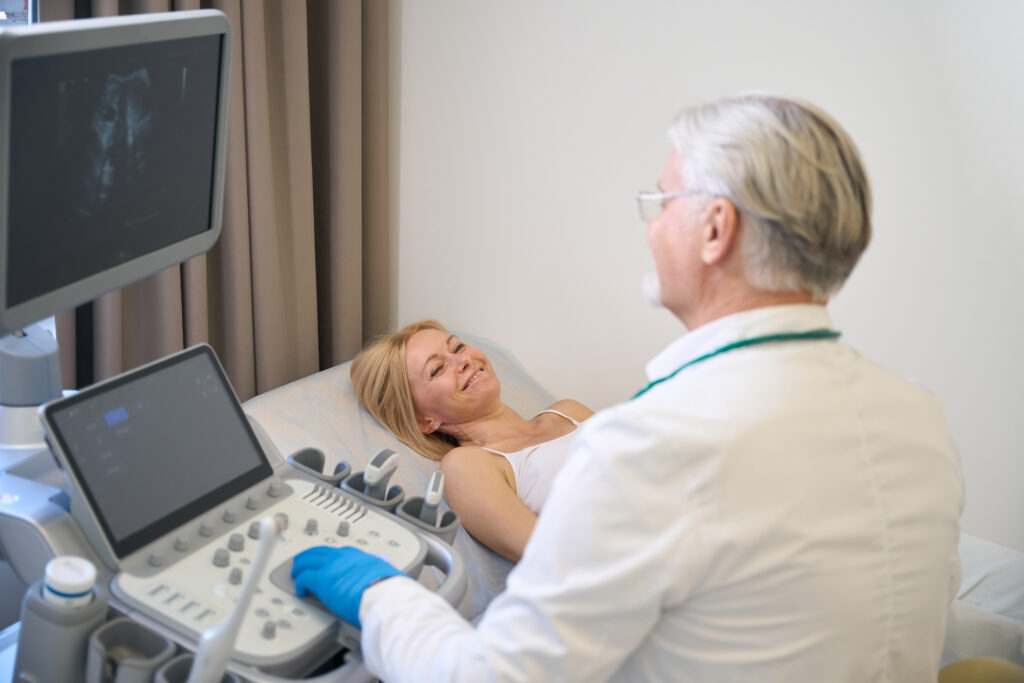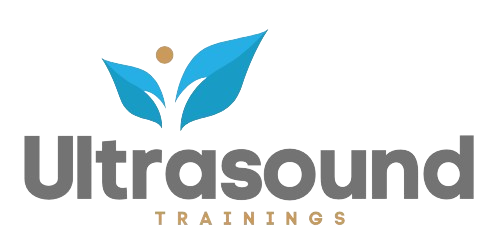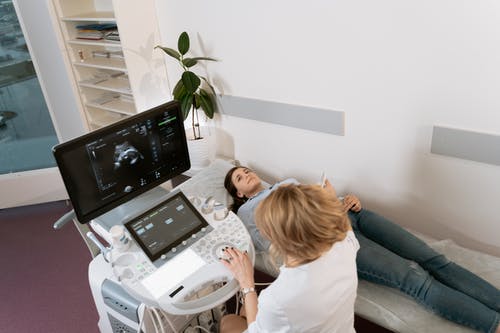Abdominal ultrasound
Abdominal ultrasound is a non-invasive imaging technique used to visualize the organs and structures within the abdomen. It employs high-frequency sound waves to produce real-time images, helping in the diagnosis and assessment of various conditions affecting the liver, gallbladder, pancreas, kidneys, and other abdominal organs. This safe and painless procedure provides valuable insights for medical evaluation and treatment planning.
Abdominal ultrasound is a cornerstone diagnostic tool used in many medical specialties, from gastroenterology to obstetrics. Achieving high-quality images requires, in addition to technical know-how, mastery of manual techniques. Whether you’re an experienced sonographer or a novice, these hands-on tips will help you optimize your abdominal ultrasound.
1. Correct use of the transducer
Tip: Maintain a firm grip
-
- Hold the ultrasound transducer firmly to minimize motion artifacts and maintain constant contact with the patient’s skin.
Tip: Armrest
-
- Place your non-dominant hand under the transducer. supports and guides its movement, allowing precise adjustments during scanning.
2. Patient Position
Tip: Optimal Patient Comfort
-
- Place the patient comfortably in a supine or slightly prone position to facilitate access to abdominal structures of interest while ensuring their comfort throughout the examination.
Tip: Flexibility and Adaptability
-
- Encourage the patient to breathe normally and adjust your position according to the need to optimize the vision of specific organs or structures.
3. Scanning Techniques
Tip: Smooth and Controlled Movements
-
- Keep smooth and controlled transducer movements in the abdomen, avoiding sudden jerks or sudden directional movements to minimize patient discomfort and improve image quality.
Tip: Systematic Approach
-
- Use Systematic Scanning. protocol Begin by scanning the study to assess the gross anatomy before focusing in a structured manner on specific organs or regions of interest.
4. Image Optimization
Tip: Adjust Depth and Acquisition Settings
Optimize depth and acquisition settings based on patient position and the depth of imaged structures to achieve optimal contrast resolution and minimize artifacts.
Tip: Angle and Orientation
Experiment with sensor angulation and orientation to image the abdomen. structures from several angles of a plane, maximizing diagnostic information and improving diagnostic accuracy.
5. Communication and collaboration
Tip: Patient education
-
- Talk to the patient throughout the study, explain the procedure, address any concerns and actively involve them in the process to promote patient engagement and cooperation.
Tip: Multidisciplinary collaboration
-
- Collaborate with other healthcare providers, such as radiologists or referring physicians, to ensure thorough evaluation and interpretation of abdominal ultrasound results and promote a team-based approach to patient care.
-
- Incorporating these manual technique tips into abdominal ultrasound can improve image quality and optimize diagnostic results. accuracy and ultimately improve patient outcomes. Remember that mastery takes practice and persistence – so keep honing your skills and never stop learning!



